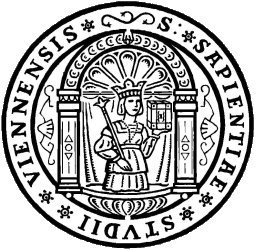One of the main goals of Google’s ATAP lab (Advanced Technology and Projects) is to make Google hardware as smart as Google software. It is one of Google’s (secretive) innovation factories working on a wide range of hardware innovations for the Google ecosystem. Apart from presenting inspiring hardware gadgets, such as the “house mouse” or a micro radar for gesture recognition, the head of the lab, Dan Kaufman, gives some insights into the lab’s innovation strategy:
- Even if one has a zoo of fancy gadgets, you need to develop a cohesive and coherent vision or strategy for a future of smart devices.
- Sometimes it is necessary to “re-invent” technologies that seem to work well.
- Prototype and iterate.
- It is not the head count of the lab that matters for the success of innovation activities, but the fact that one can tap into 100.000 smart engineers of the whole ecosystem the lab is embedded in.

